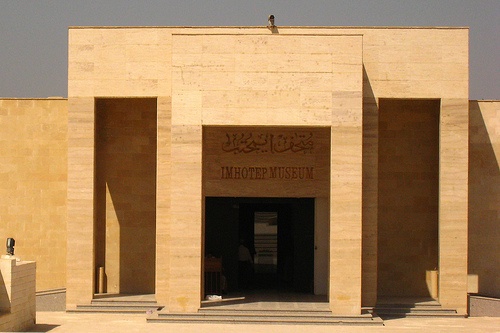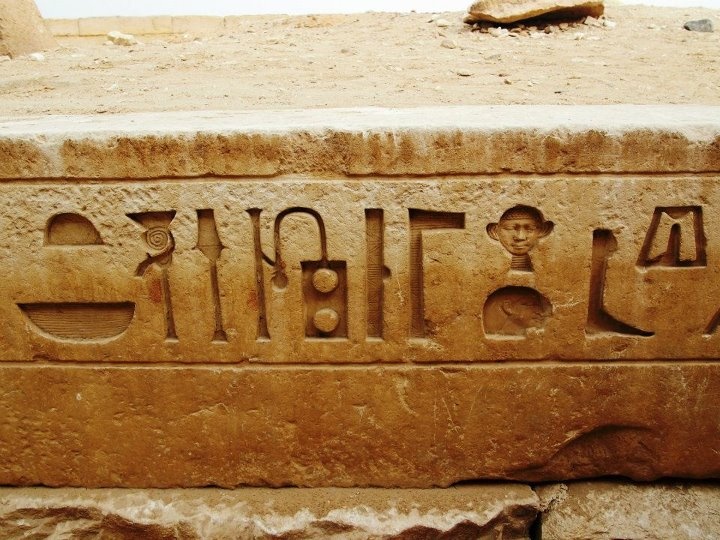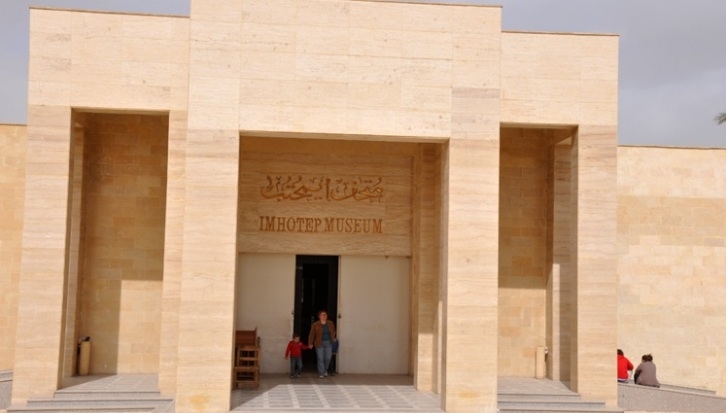Imhotep Museum: A Journey Through Ancient Egyptian Genius
Nestled at the entrance to the Saqqara necropolis, just south of Cairo, the Imhotep Museum stands as a tribute to one of ancient Egypt’s greatest minds. Imhotep was not only an architect, but also a physician, priest, engineer, and advisor to Pharaoh Djoser. He is most renowned for designing the Step Pyramid—the world’s first monumental stone building.
The Imhotep Museum brings his legacy to life and offers travelers a rare glimpse into ancient Egyptian innovation. For English-speaking tourists, especially from regions like the UK, USA, Australia, and India, this museum is a fascinating stop in Egypt’s cultural and archaeological landscape.

Who Was Imhotep?
Before diving into the museum itself, it's worth understanding the man behind its name. Imhotep lived during Egypt’s Third Dynasty, around 2600 BCE. He was the chief architect of Pharaoh Djoser and is credited with designing the Step Pyramid at Saqqara—considered the precursor to the famous pyramids of Giza.
His legacy was so profound that he was deified long after his death, becoming one of the few commoners in ancient Egypt to be worshiped as a god.
An Overview of the Imhotep Museum
Opened in 2006, the Imhotep Museum is modern, clean, and well-curated. Unlike the overwhelming size of larger Egyptian museums, it offers a more intimate and focused experience. The museum is dedicated to Imhotep and the archaeological discoveries found in the Saqqara region.
Located near the entrance of the Saqqara complex, the museum has become a favorite for those looking to deepen their understanding of Egypt’s architectural and scientific heritage.
What to See Inside
The museum features six galleries, each highlighting different aspects of Saqqara and its discoveries. Here are the major highlights:
1. Architectural Marvels
Explore architectural models and artifacts related to the Step Pyramid. You'll see original tools used in pyramid construction and detailed reconstructions of ancient engineering feats. These displays showcase how Imhotep pioneered stone architecture in a time when mudbrick was the norm.
2. Statues and Sarcophagi
The museum houses a beautiful collection of statues and sarcophagi discovered in Saqqara, including some from the tombs of high officials, priests, and nobles. These pieces offer insight into the craftsmanship and beliefs of ancient Egyptians.
3. Excavation History
Learn about the 20th and 21st-century archaeological excavations at Saqqara. Rare photographs and excavation diaries from renowned Egyptologists like Jean-Philippe Lauer are on display, chronicling their work in uncovering Imhotep’s legacy.
4. Medical Tools
Since Imhotep was also known as a physician, the museum includes exhibits on ancient Egyptian medicine. You’ll find examples of surgical tools, herbal remedies, and early medical texts that show just how advanced Egypt’s health sciences were.
5. Artifacts from the Step Pyramid
Original limestone casing, columns, and other elements from Djoser’s pyramid complex are displayed to highlight Imhotep's architectural genius.
6. The Façade and Garden
Even before stepping inside, visitors are greeted by a beautifully landscaped garden and the museum’s minimalist modern façade—a deliberate contrast to the ancient structures nearby. The setting creates a peaceful transition from the vast necropolis into the world of Imhotep.

Why Visit the Imhotep Museum?
While many tourists head straight for the Pyramids of Giza, those who visit the Imhotep Museum in Saqqara are rewarded with a richer, more complete understanding of ancient Egyptian culture.
Here’s why it’s worth your time:
-
Less crowded than major attractions like the Egyptian Museum in Cairo.
-
Offers educational depth on architecture, medicine, and archaeology.
-
Located next to the Step Pyramid, allowing a two-in-one experience.
-
Curated for clarity and accessibility, with multilingual labels and modern displays.
Whether you're a history buff, architecture lover, or casual traveler, the museum provides a focused, enriching encounter with one of history’s most influential thinkers.
Visitor Information
-
Location: Saqqara Necropolis, 30 km south of Cairo
-
Opening Hours: Daily, 9 AM – 4 PM
-
Entrance Fee: Modest (varies for locals and foreigners; cash only)
-
Best Time to Visit: Morning hours to avoid afternoon heat and enjoy fewer crowds
Tips for Tourists
-
Combine your museum visit with a tour of the Step Pyramid and other Saqqara tombs like those of Ti and Mereruka.
-
Bring a water bottle and wear comfortable walking shoes.
-
Photography is allowed in some areas—check signage and ask staff.
A Tribute to Timeless Innovation
The Imhotep Museum serves not only as a cultural landmark but also as a symbol of the enduring impact of human creativity. It reminds us that innovation is timeless—and that even over 4,600 years ago, there were minds that shaped the future of civilization.
So next time you're planning your Cairo itinerary, consider venturing beyond the usual stops. At the Imhotep Museum, history feels personal, focused, and deeply inspiring.

